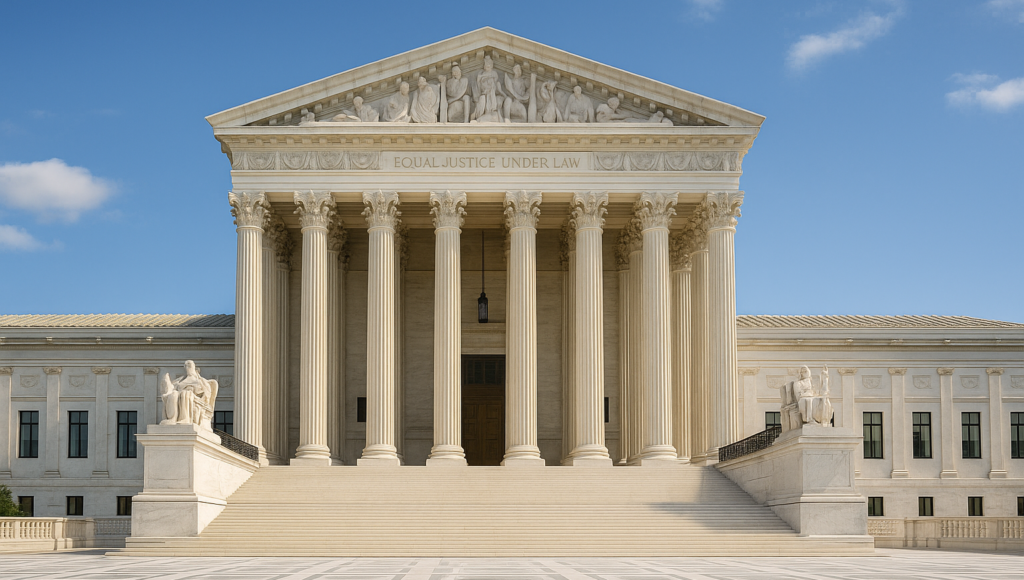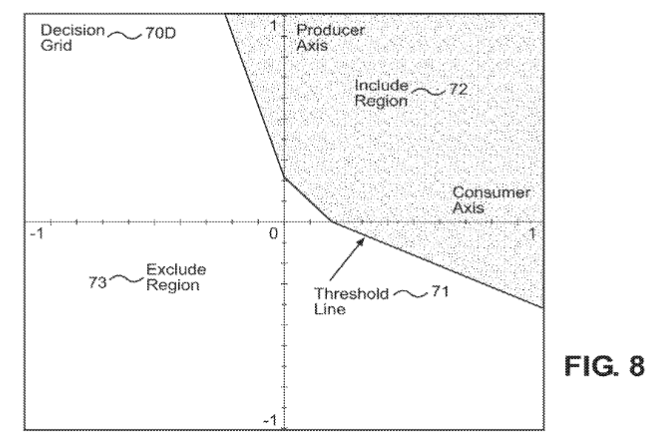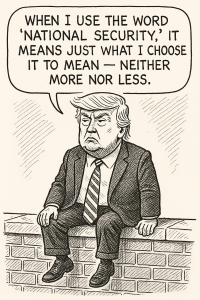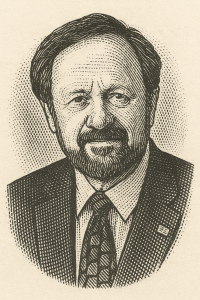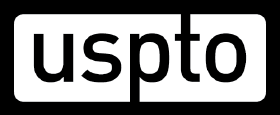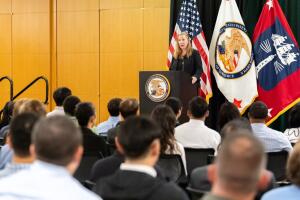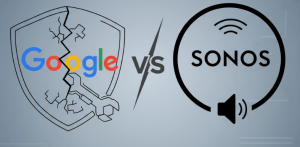by Dennis Crouch
In a significant victory for Register of Copyrights Shira Perlmutter, the D.C. Circuit Court of Appeals has granted her emergency motion for an injunction pending appeal, allowing her to continue serving in her role while challenging President Trump's attempt to remove her from office. Perlmutter v. Blanche, No. 25-5285 (D.C. Cir. Sept. 10, 2025). The per curium order is a terse one paragraph, but two judges filed a detailed concurring opinion explaining why a preliminary injunction is useful in this case -- writing that removal of Perlmutter “would be a grave intrusion by the President into the constitutional powers of a coordinate branch of government.” Although this is an intellectual property case, it is also fundamentally about separation of powers issues within the U.S. government -- and particularly about executive control over aspects of the government in situations where Congress has attempted to reduce or eliminate Presidential power.
Although Copyright Office control may be less important to the President than other areas, I still expect an emergency application to the Supreme Court from the DOJ to overturn this ruling. The court's order enjoins "Todd Blanche, Paul Perkins, Sergio Gor, Trent Morse, and the Executive Office of the President, and their subordinates and agents" from "interfering with appellant's service as Register of Copyrights and Director of the U.S. Copyright Office pending further order of the court." The district court had denied Perlmutter's request for a preliminary injunction.
President Trump has been successful in other situations at removing statutory-protected officers - with the Supreme Court rejecting similarly preliminary injunctions in Trump v. Wilcox, 145 S. Ct. 1415 (2025), and Trump v. Boyle, 145 S. Ct. 2653 (2025). Wilcox involved the President's removal of members of the National Labor Relations Board and Merit Systems Protection Board without cause, with the Supreme Court staying lower court injunctions that would have prevented the removals. Boyle applied identical reasoning to the Consumer Product Safety Commission. The statutes provide the President with authority to remove these individuals for cause - based upon "neglect of duty or malfeasance" - but President Trump argues that he has inherent power to remove any member of the administration exercising executive power. The Supreme Court did not decide the merits directly but found significant potential harm from allowing a removed officer to continue exercising executive power.
The Copyright Office situation is different because the Register serves in the Legislative Branch as part of the Library of Congress, with a primary responsibility of advising Congress on copyright matters rather than executing presidential policies. The President has no statutory removal authority over the Register. And, as far as I know, this is the first time a President has ever attempted to remover the Register in the long history of the U.S. Copyright Office.
But, the Register also has clearly administrative functions, including registering copyrights and maintaining copyright deposits, recording transfers of copyright ownership, and exercising rulemaking authority. The disagreement in the concurring and dissenting opinions focus on whether these roles constitute the exercise of substantial executive power, with the majority taking pains to distinguish Wilcox and Boyle.
While I believe the copyright issue is important, the upcoming big fight for the big banana is likely over the Federal Reserve and its ongoing independence from the other branches of government.
To continue reading, become a Patently-O member. Already a member? Simply log in to access the full post.
